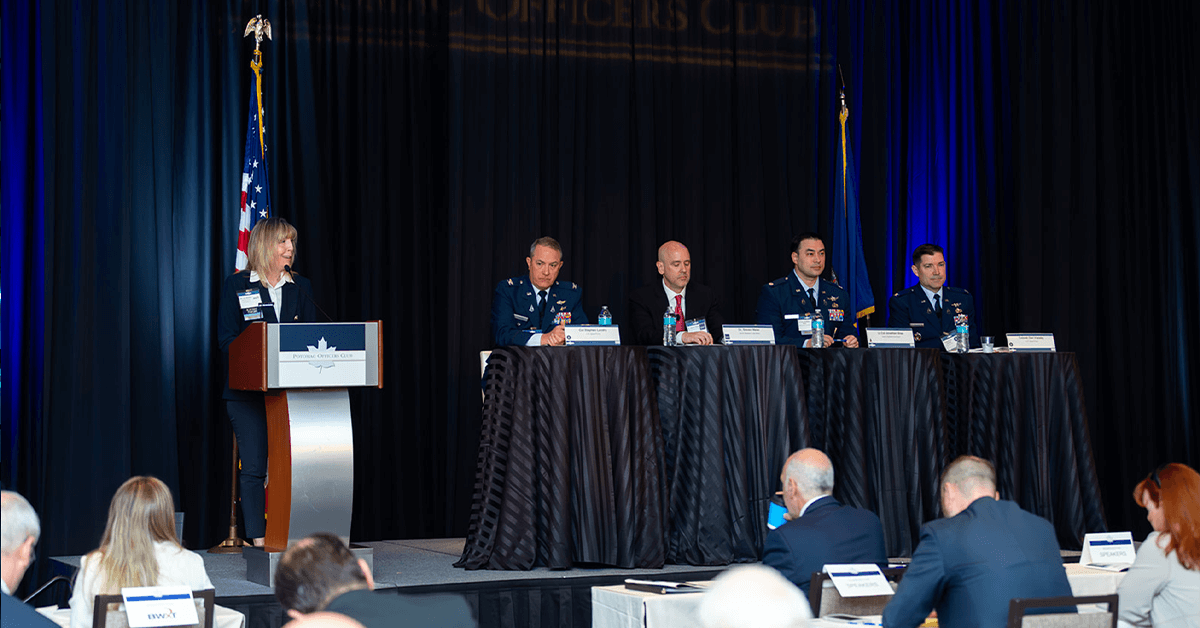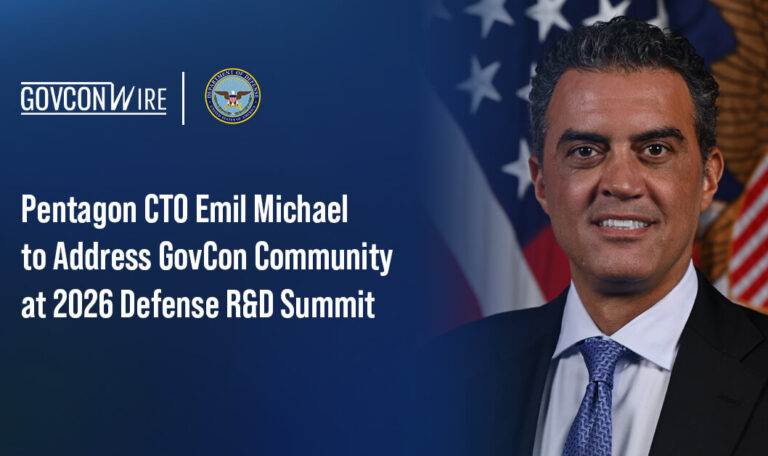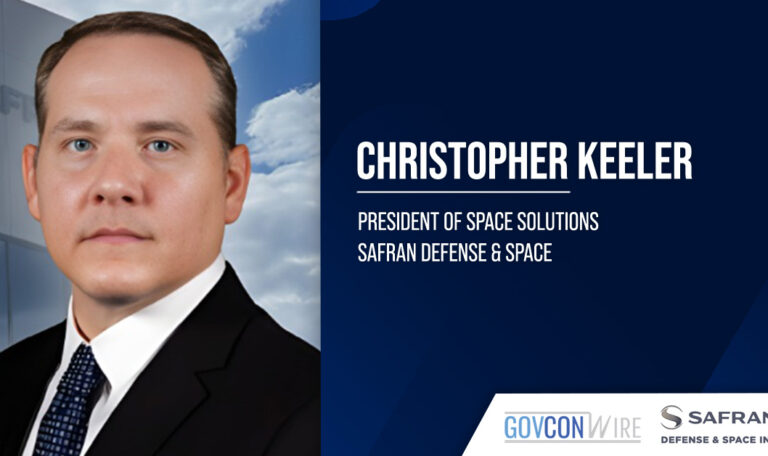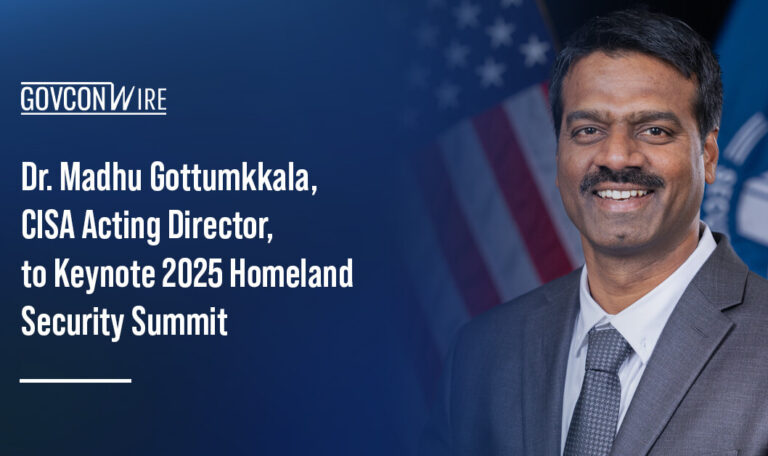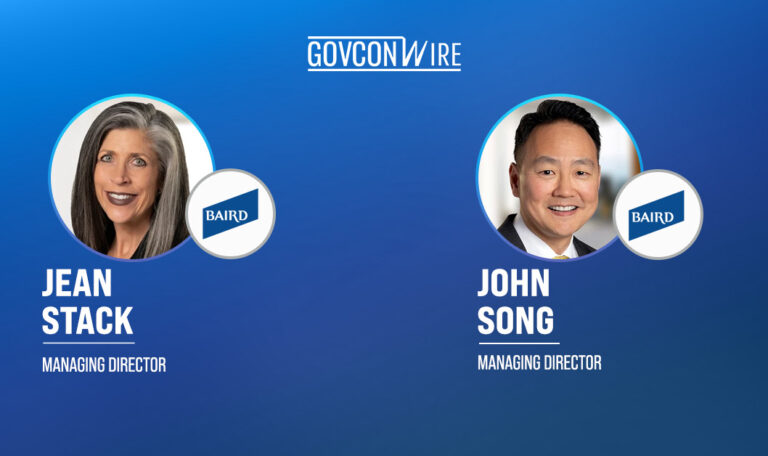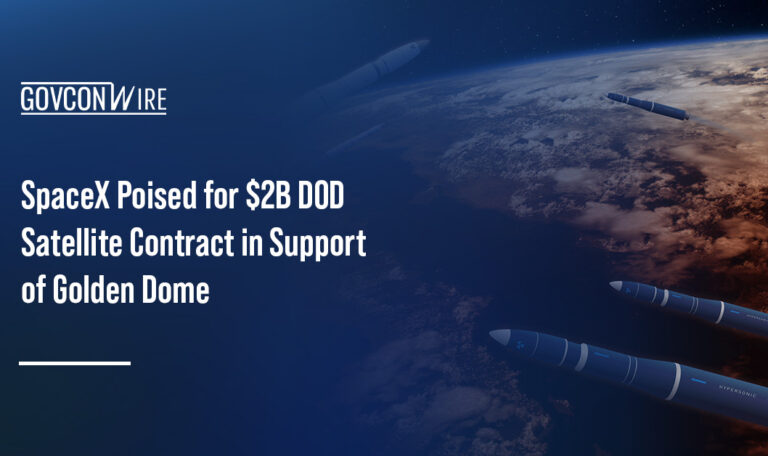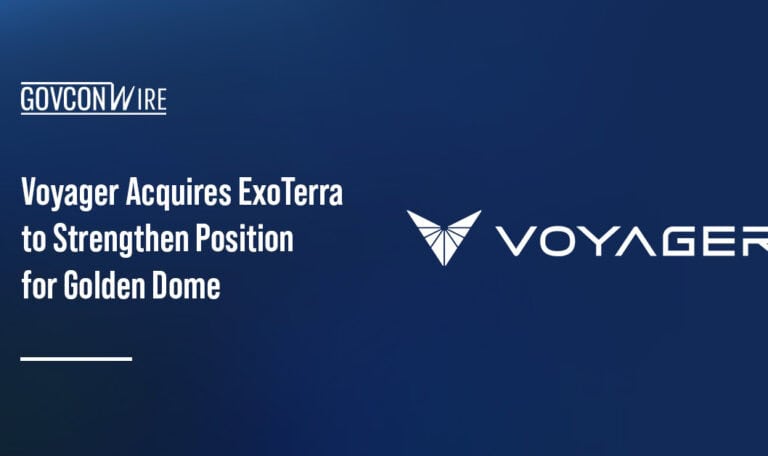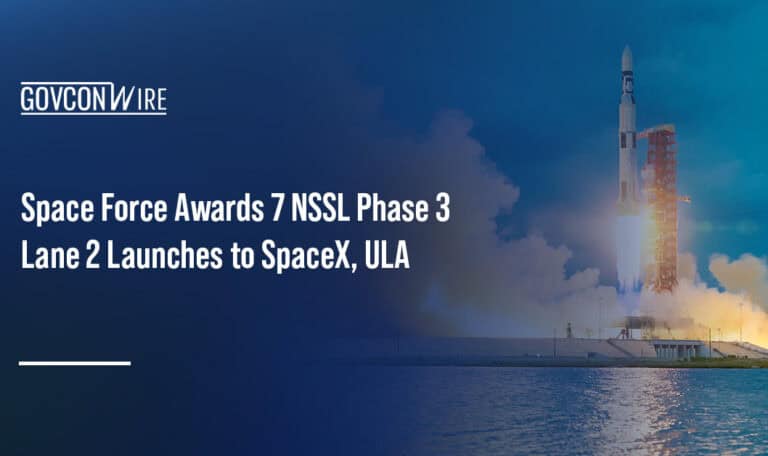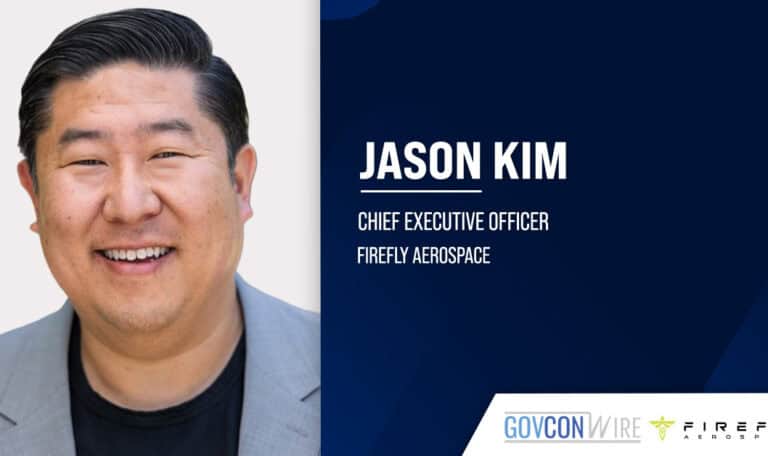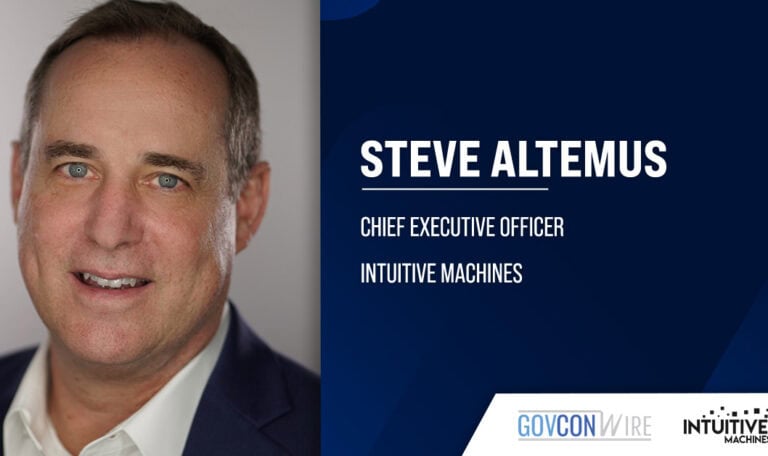Space is at its largest inflection point in decades, and as commercial space activity continues to rise, United States government leaders are taking a page from industry’s book on how to drive more rapid innovation, especially in the face of increasing global competition.
While technology and acquisition processes are typically at the center of the innovation conversation, panelists at the Potomac Officers Club’s 2023 Industrial Space Defense Summit identified a crucial, yet often overlooked component of successful enterprise transformation.
Be a part of the conversation with esteemed government and industry CIOs at POC’s 4th Annual CIO Summit on May 16! Don’t miss your chance to hear from speakers like DOD CIO John Sherman, network with top GovCon leaders and expand your organization’s opportunities. Seats are limited and going fast — register here.

“Identifying areas and ways to innovate, in my experience, has actually been fairly easy. It gets a little bit more difficult when these innovative ideas require a lot of funding. But really the hardest part of innovation in any organization — whether it’s a military organization, within the DOD, the Space Force, or I would say even within a commercial entity — is the culture aspect of it,” said Col. Stephen Landry, director of innovation and digital transformation for the U.S. Space Force.
Panel moderator Dr. Liz Newton, chief operating officer for BWXT Advanced Technologies, asked speakers to share their lessons learned from driving innovation in the public sector, and “culture” was resoundingly the top answer.
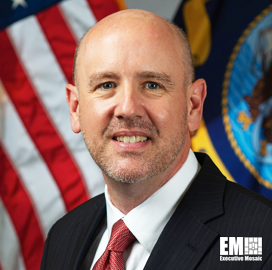
Dr. Steven Meier, director of the Naval Research Laboratory’s Naval Center for Space Technology, similarly named “creating a culture of innovation within your organization” as his number one focus area, and he urged government leaders to hire and hear from the younger generation to help accomplish this.
“Some of the older generation… will find limitations: we’ve tried that before, we’ve done it before, it didn’t work before. Well, you know, there may be a new technology where it will work, there may be a new approach where it will work,” Dr. Meier said.
“I’ve found bringing in some of the younger engineers and scientists has been key. They see possibilities, not limitations,” he added.
Secondly, Meier encouraged the in-person audience to embrace failure and to learn from it. “The key is to collect those lessons learned when you’ve failed,” he explained.
As the panel conversation continued, Dr. Newton asked speakers to share the developments and innovations they’re most excited to see come to fruition in the next one to three years.

Lt. Col. Jonathan Shea, materiel leader and director of the DOD Space Test Program for Space Systems Command, said he sees a great deal of promise and potential in the evolution of technologies that are enabling more launches with more (and more diverse) payloads.
For example, the ESPA ring — short for Evolved Expendable Launch Vehicle (EELV) Secondary Payload Adapter — was created to take advantage of unused capacity on national security space rockets, and Lt. Col. Shea was part of the operations group overseeing the first launch in 2007.
Prior to the ESPA ring, Shea said the number of experimental satellites and technologies that could get into space were very low. But now, multiple different agencies and commercial companies are coming together to create diverse satellites and launch more innovative technology into space.
“We’re able to bundle these things together with common interfaces and all these different things to enable these massively complex launches that are, every bit as bureaucratically complicated and politically complicated as they are technologically. [It] has been one of the most exciting things that I’ve seen in the last couple years,” said Shea.
“This whole ring strategy that’s coming has really revolutionized space,” he continued.
Answering the same question, Col. Landry highlighted a project called ION, or Integrated Operations Network, that leverages the cloud-based technologies that exist in the commercial world and brings them into the Space Force as an operational mission network.
Meier said he’s most excited about the advancements he expects will happen in robotic servicing over the next couple of years. The Robotic Servicing of Geosynchronous Satellites, or RSGS program, will have the capability to repair, inspect and upgrade satellites in geostationary Earth orbit. Meier said the RSGS program will launch in 2024, but its impact will extend well beyond the one to three year timeframe and the program will play a key role in space logistics going forward.
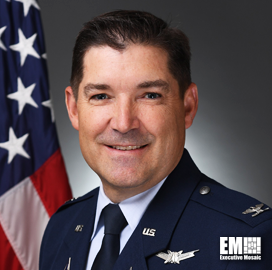
Meanwhile, Col. Dan Visosky, chief of the Space Control Division within the Space Force’s Space Programs Directorate, focused not on the promises, but the threats the future holds in space.
“From the one to three year perspective, we have a potential adversary or peer adversary in China that is forcing us to change the way we play the game,” he warned.
To combat future conflicts, Col. Visosky said space leaders should be focusing on fostering closer collaboration with allies and partners while the opportunities are ripe.
“Space budgets are growing across the world with all our allies. We need to leverage that while they’re growing. If we don’t leverage them, they might dry up,” Visosky said. “There are a lot of allies that we have [in] very geographically advantageous locations, and we need to leverage that.”
If you missed the Industrial Space Defense Summit, be sure to join our next in-person summit on May 16! The 4th Annual CIO Summit is shaping up to be the event of the year, and the speaker lineup features some of the most notable decision makers in the GovCon sector. Register here to save your spot.


